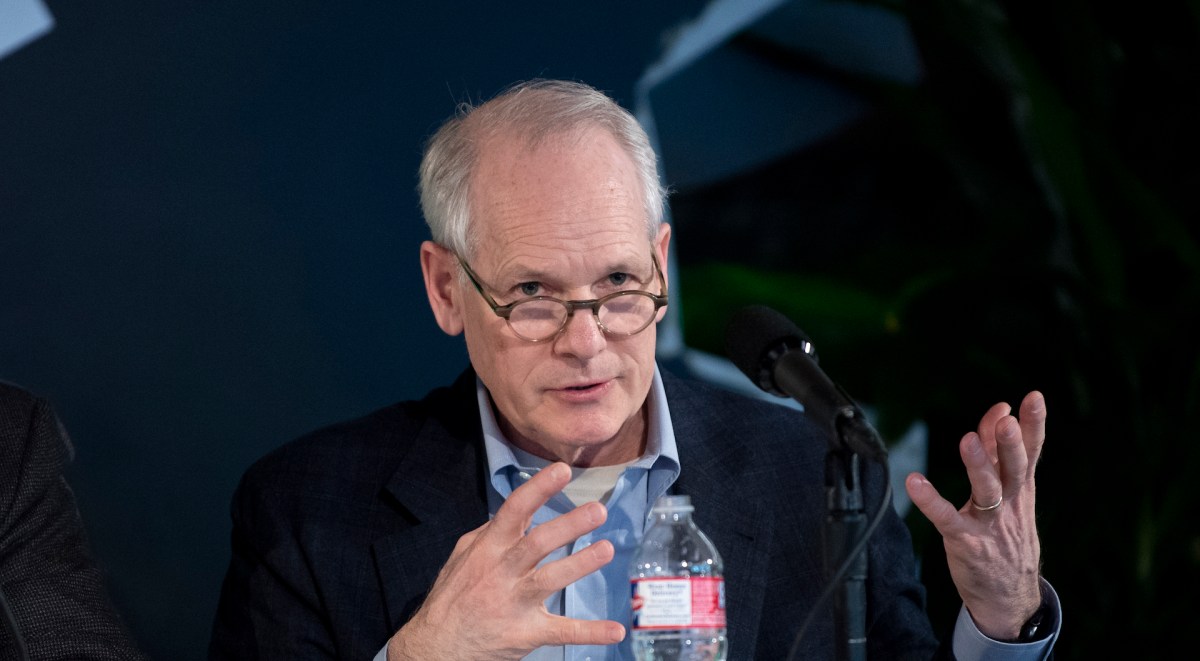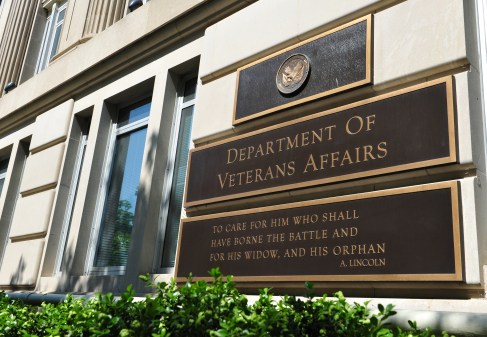VA CIO reiterates commitment to working with Cerner to improve EHR uptime

Chief Information Officer Kurt DelBene has reiterated the Department of Veteran Affairs’ commitment to working with Cerner Corp. to improve the uptime of its electronic health record system.
“[We’re] working super deeply with Cerner to hold them accountable for having a high-availability, high-uptime system,” DelBene told the Daily Scoop Podcast on Monday. “And that’s been some of the difficult parts, that we’re working very deeply with them to improve those aspects.”
VA is in the process of conducting root cause analyses of the electronic health record (EHR) system’s problems with Cerner, which built the commercial-off-the-shelf (COTS) product the department is moving to under a $10 billion contract.
Cerner agreed to credit VA for failing to maintain the minimum level of system uptime stipulated in the contract, Dr. Terry Adirim, program executive director of the EHR Modernization (EHRM) Integration Office (IO), told The Spokesman-Review earlier this week. Outages have hindered health care providers’ ability to access patient information and plan care at VA medical centers piloting the system in Washington State and Ohio.
A VA spokesperson declined to comment on the minimum level of system uptime specified in its contract with Cerner, or the amount of the credit payout expected, but said uptime is reviewed on a “regular” basis.
The EHRM program remains in the “early stages,” DelBene said. Migration away from the 40-year-old Veterans Health Information Systems and Technology Architecture (VistA) system began in 2018.
“There’s certainly a lot of complexity coming from using such a COTS product in a new environment, and the thing to emphasize here is it’s as much about process change as it is about the systems that support that,” DelBene said. “And it’s also about adapting this commercial product to the particular environments that we have at the VA.”
The department has had “some successes” like bringing the Columbus, Ohio, facility on board a week or so ago and learned lessons from its first Mann-Grandstaff VA Medical Center implementation, DelBene said.
Meanwhile the Coast Guard completed its transition to Cerner’s system, and the Department of Defense is halfway through migrating its Military Health System.
Cerner’s system is different than when DOD began its rollout, and VA is working to limit the number of user experience roles like patient intake, increase training participation and involve “super users” in answering questions, DelBene said.
VA is also reconciling the need to connect medical devices with requirements to simplify infrastructure and not connect every system with Cerner’s, he added.
The Office of Information and Technology only recently joined the technical element of the VA Data Governance Council, which meets regularly to discuss the EHRM program. And Leslie Sofocleous was brought on as acting executive director of the EHRM IO program management office, in charge of user experience, in February.
“She’s the person who drives the specifics of the program so that everything is coming together, and we’re super excited to have her in the role,” DelBene said. “But it’s about getting that governance right; it’s about iteratively finding what works and what we need to change.”






